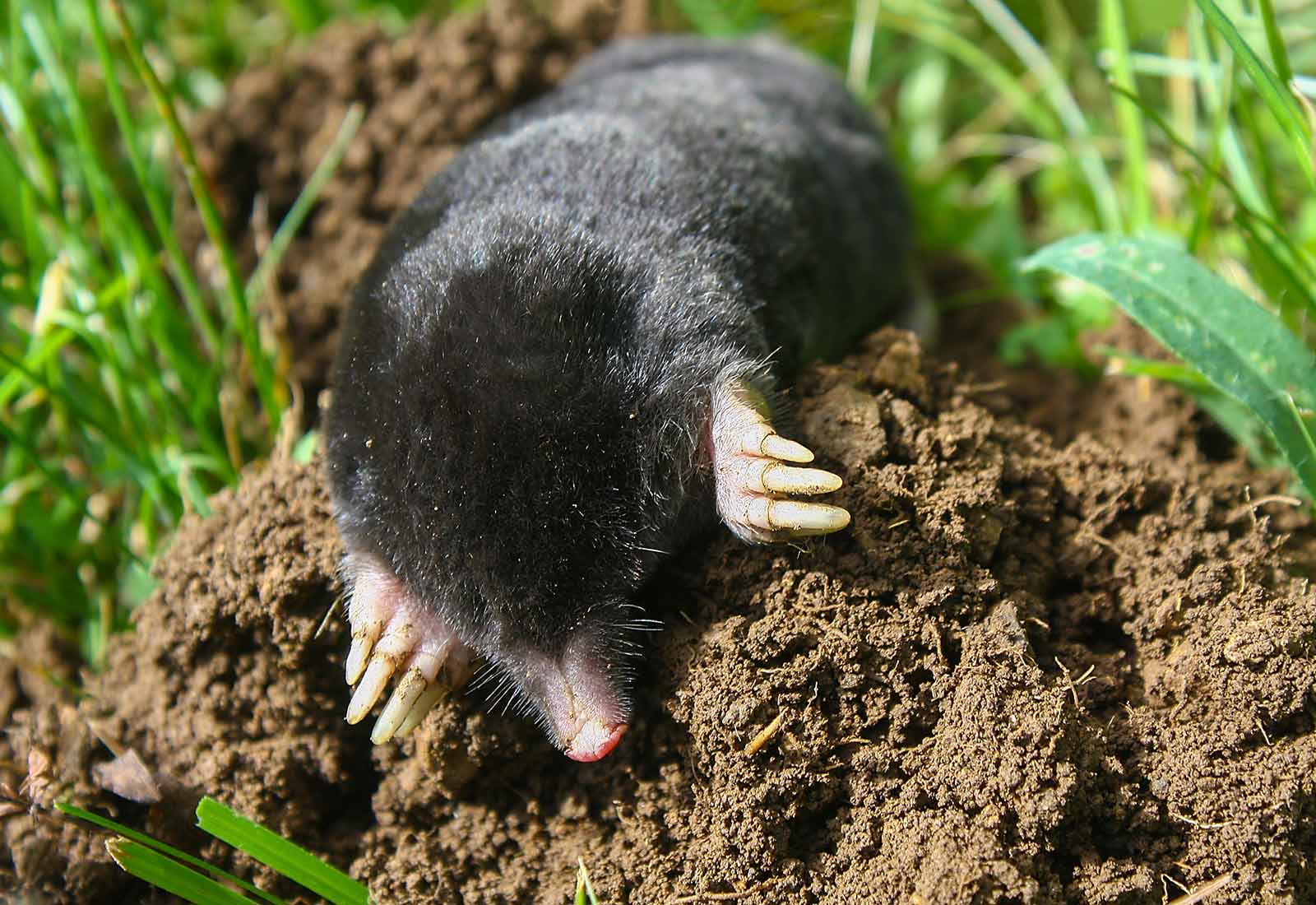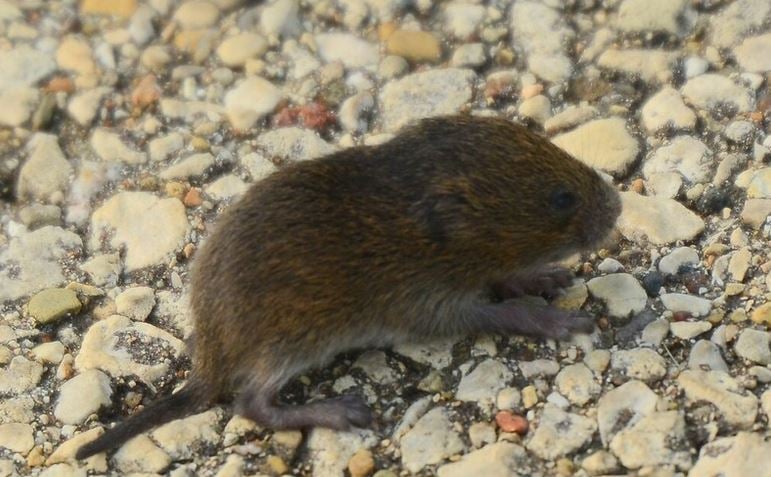Managing Vole Damage: Effective Control Approaches
Managing Vole Damage: Effective Control Approaches
Blog Article
Comprehensive Overview to Reliable Vole Pest Control: Infestation Identification and Treatment Approaches
In the realm of effective parasite control, vole invasions pose an unique obstacle that demands a critical technique. These little rats, usually mistaken for computer mice, can ruin yards, lawns, and crops if left unattended. Identifying the indications of vole existence and applying targeted therapy techniques are necessary components of a successful pest monitoring strategy. By checking out the subtleties of vole behavior, recognizing key signs of invasion, and assessing a range of control choices, one can establish a detailed technique to combat these evasive pests.
Recognizing Vole Behavior
Vole actions is characterized by their delving behaviors and rapid recreation rates, making them a challenging parasite to regulate effectively. Their quick reproductive rate further makes complex control initiatives, with women capable of generating several trashes in a single year, each having several spawn.
Comprehending vole habits is critical for reliable pest control methods. By determining their burrow places, keeping track of feeding areas, and carrying out targeted control approaches, such as trapping or environment adjustment, vole invasions can be handled successfully.
Indications of Vole Infestation

Avoidance Techniques
Implementing effective avoidance methods is vital in decreasing vole problems and protecting vegetation from their damaging feeding routines. To prevent vole invasions, it is vital to start by getting rid of potential food resources and shelter.
Routinely examining the building for indicators of vole task, such as runways and burrow openings, is critical for early discovery and punctual action. If vole activity is believed, consider making use of catches or repellents tactically put near their pathways.
Non-Lethal Control Methods
To effectively hop over to here handle vole populations while prioritizing humane techniques, non-lethal control strategies supply practical solutions for minimizing vole damage in gardens and landscapes. These obstacles can be buried at least 12 inches bent and deep at a 90-degree angle to avoid voles from delving beneath.

Lethal Control Options
One reliable approach for resolving vole infestations in gardens and landscapes involves the tactical usage of lethal control options. When confronted with an extreme vole problem that non-lethal methods have fallen short to have, executing deadly control procedures ends up being vital. One generally utilized lethal control choice is the use of snap traps. These traps are designed to quickly and humanely kill voles upon activation, making them a popular option for many gardeners and landscaping companies. To increase the effectiveness of breeze traps, it is recommended to position them in locations where vole activity is high, such as along paths or near burrow entryways. One you could check here more lethal control option is the application of hazardous lures specifically formulated to target voles. These lures have poisonous substance that is consumed by the voles, causing their eventual demise. Care must be exercised when utilizing hazardous lures to stop harm to non-target animals or family pets. Generally, when using dangerous control choices, it is important to do so responsibly and according to regional policies to successfully take care of vole invasions.
Conclusion
In verdict, efficient vole parasite control calls for a detailed understanding of vole actions, identification of signs of invasion, implementation of avoidance approaches, and usage of both non-lethal and lethal control techniques. By combining these techniques, individuals can properly take care of vole populaces and safeguard their home from damage. It is very important to resolve vole infestations promptly to protect against additional issues and lessen the effect on click reference the surrounding atmosphere.
Offered the complex tunnel systems and rapid reproduction rates particular of voles, acknowledging the indications of vole invasion becomes necessary in effective pest control. One of the main signs of vole presence is the visibility of surface runways or trails in turf or snow, usually regarding 1-2 inches wide, created as voles take a trip in between their burrows and food sources.To successfully take care of vole populaces while focusing on humane techniques, non-lethal control techniques supply practical options for decreasing vole damages in landscapes and gardens.One reliable technique for dealing with vole invasions in landscapes and gardens includes the calculated usage of lethal control choices. vole control utah.In conclusion, efficient vole parasite control calls for a comprehensive understanding of vole actions, identification of signs of invasion, execution of prevention methods, and use of both non-lethal and deadly control methods
Report this page